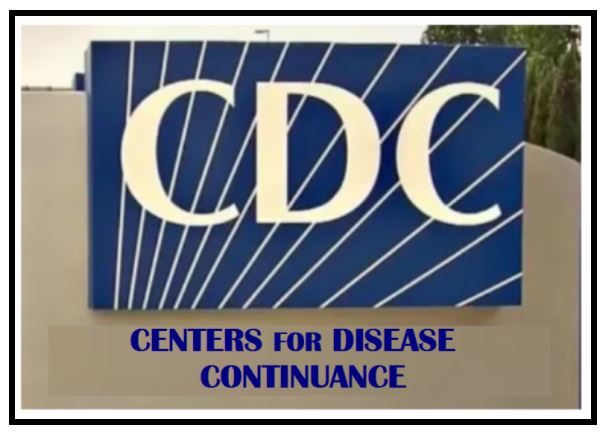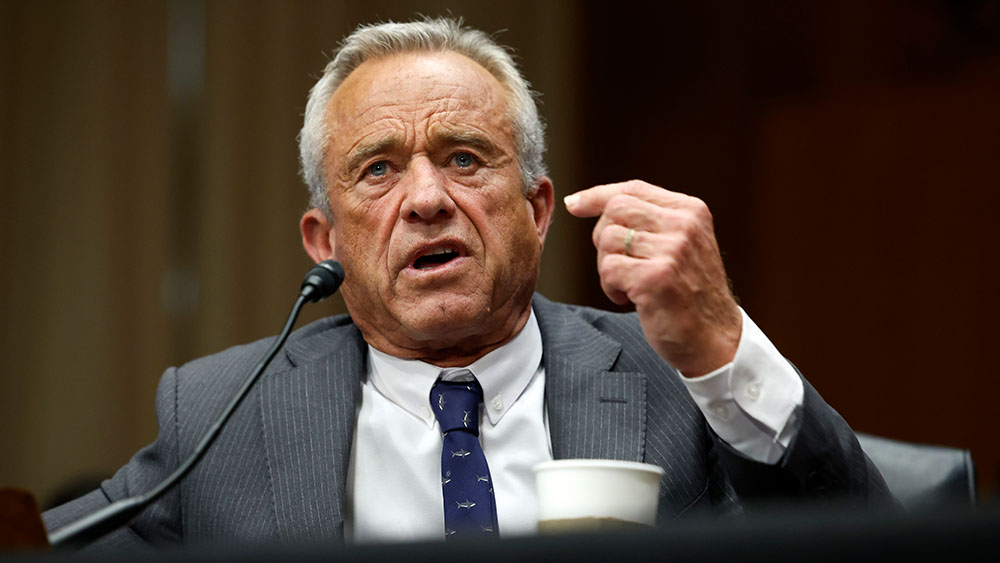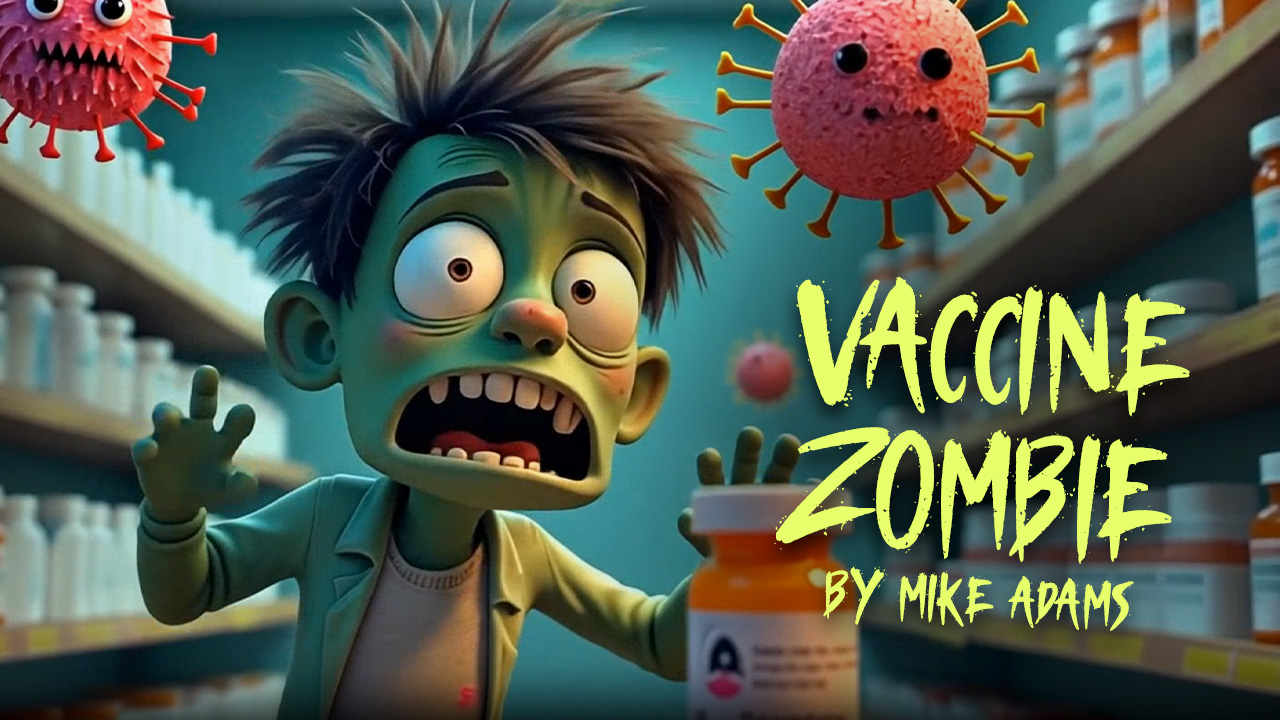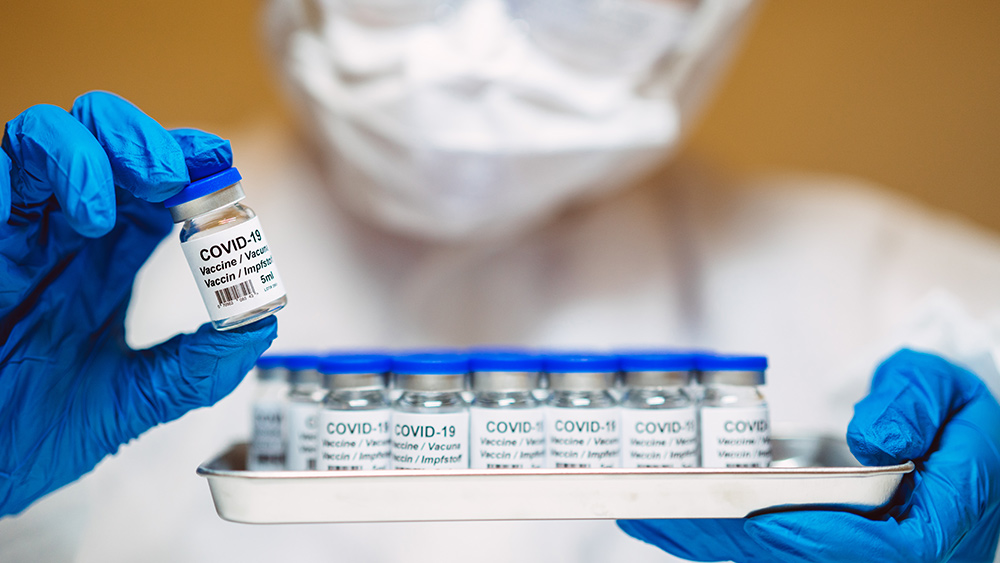 Parler
Parler Gab
Gab
- The Trump administration fired approximately 1,300 employees, or 10% of the workforce at the CDC, as part of a broader effort to eliminate 5,200 probationary positions across the HHS.
- The firings were announced on Feb. 14, and targeted probationary workers who can be dismissed more easily without violating civil service protections. Employees were given four weeks of paid administrative leave.
- Critics argue that the cuts jeopardize America’s ability to respond to public health crises, citing the dismissal of members of the CDC’s Epidemic Intelligence Service (EIS), a program that trains top doctors and health professionals to respond to disease outbreaks.
- The administration claims the cuts are necessary to streamline government operations, but critics warn of potential consequences for federal agencies’ capacity to operate effectively and protect public health.
- The downsizing efforts extend beyond the CDC and NIH, affecting other agencies such as the Department of Veterans Affairs, the Department of Education and the Consumer Financial Protection Bureau, leading to concerns about the broader implications for government efficiency and accountability.
A broken system or a necessary reckoning?
The Trump administration has long criticized the bloated federal bureaucracy, arguing that inefficiency and waste have become endemic to agencies like the CDC and NIH. “HHS is following the administration’s guidance and taking action to support the President’s broader efforts to restructure and streamline the federal government,” an HHS spokesperson told Fierce Healthcare. “This is to ensure that HHS better serves the American people at the highest and most efficient standard.” However, critics warn that these cuts could have dire consequences. Among those dismissed are members of the CDC’s Epidemic Intelligence Service (EIS), a prestigious program that trains top doctors, veterinarians and health professionals to respond to disease outbreaks. “They sign up for a two-year training program to serve the country,” said Dr. Tom Frieden, former CDC director under President Obama. “Not only is terminating them bad for the country, it’s also a disgraceful violation of a commitment.” Senator Jon Ossoff (D-GA) echoed these concerns, stating, “President Trump’s indefensible, indiscriminate firing of more than 1,000 CDC personnel in a single day leaves Americans exposed to disease and devastates careers and livelihoods for the world’s most talented doctors and scientists, many of them here in Georgia.”Historical context: A government in need of reform
The Trump administration’s actions are not without precedent. For decades, critics have argued that federal agencies have grown unwieldy, with overlapping responsibilities and a lack of accountability. The CDC, with a core budget of $9.2 billion, has faced scrutiny for its handling of high-profile crises, including the COVID-19 pandemic and the opioid epidemic. Similarly, the NIH has been criticized for funding controversial research, such as gain-of-function experiments in China, which some believe contributed to the COVID-19 outbreak. Yet, the CDC and NIH have also been instrumental in protecting public health. The CDC played a pivotal role in eradicating smallpox, controlling the spread of HIV/AIDS and responding to Ebola outbreaks. The NIH has been at the forefront of groundbreaking medical research, including the development of mRNA vaccines. The question now is whether these cuts will lead to a more efficient government or cripple America’s ability to respond to future health threats.The broader implications of government downsizing
The CDC and NIH are not the only agencies affected by the administration’s downsizing efforts. The Department of Veterans Affairs, the Department of Education and the Consumer Financial Protection Bureau have also seen significant layoffs. According to a February 11 executive order, every federal agency must now hire “no more than one employee for every four employees that depart.” Additionally, offices focused on diversity, equity and inclusion initiatives are being prioritized for reduction and elimination. Margaret Murray, CEO of the Association for Community Affiliated Plans (ACAP), warned that these cuts could have far-reaching consequences. “Staffing cuts of the level described in the President’s executive order will bring about a cascade of consequences for Medicare, Medicaid and other publicly-supported coverage programs,” she said. “These reductions risk eroding the agency’s capacity to operate effectively, potentially leading to diminished transparency, slower responsiveness, greater inefficiency and weakened oversight of the programs it manages.”A divided nation reacts
The administration’s actions have sparked fierce debate. Supporters argue that the federal government has become a bloated, inefficient bureaucracy in need of drastic reform. “In some categories … there are entire departments, like the nutrition department at the [Food and Drug Administration] … that have to go, that are not doing their job, they’re not protecting our kids,” said HHS Secretary Robert F. Kennedy Jr. during a November 2024 interview. Critics, however, see the cuts as reckless and politically motivated. “If this administration guts and gags the CDC, who is going to defend the nation from Ebola? Who is going to protect kids from measles? Who is going to save us from TB [tuberculosis]?” Senator Ossoff asked during a Senate speech. As the dust settles, one thing is clear: the Trump administration’s overhaul of the federal government marks a turning point in American governance. Whether this bold experiment will lead to a more efficient government or a public health catastrophe remains to be seen. Sources include: 100percentfedup.com FierceHealthcare.com NYPost.comTrump administration moves to expose and dismantle USAID amid accusations of widespread corruption
By Belle Carter // Share
RFK Jr.’s appointment as HHS secretary: A call to uncover America’s health crises
By Kevin Hughes // Share
Mike Adams releases new song and music video: Nothing More Disgusting Than a Globalist
By Mike Adams // Share
I Want My Bailout Money – new song and music video released by Mike Adams
By Mike Adams // Share
Governments continue to obscure COVID-19 vaccine data amid rising concerns over excess deaths
By patricklewis // Share
Tech giant Microsoft backs EXTINCTION with its support of carbon capture programs
By ramontomeydw // Share
Germany to resume arms exports to Israel despite repeated ceasefire violations
By isabelle // Share










